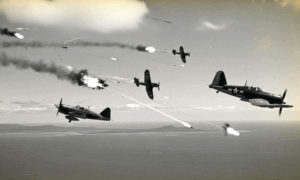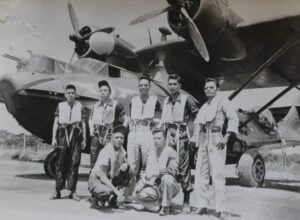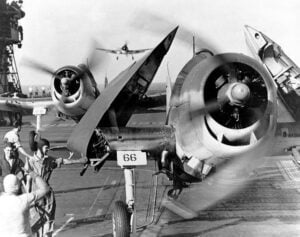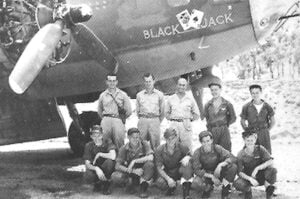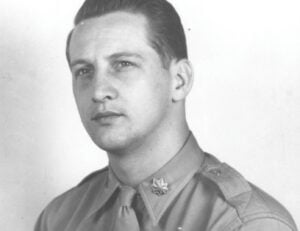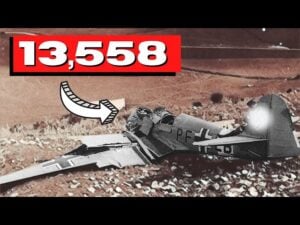How Edward Rickenbacker Survived 21 Days at Sea and Took Down 26 Planes During WWI
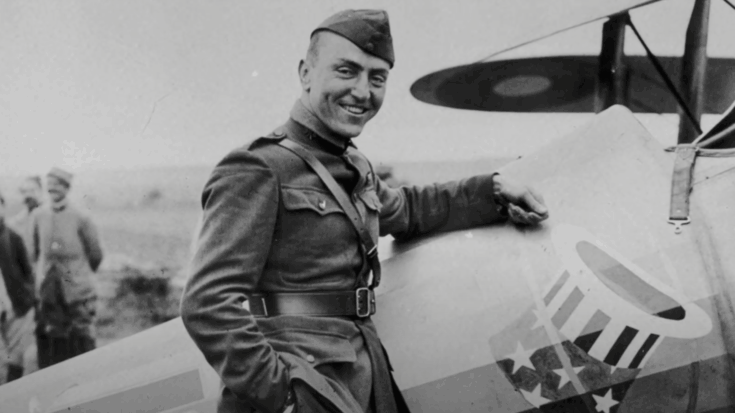
LegacyUnearthed / YouTube
The Pilot Who Shouldn’t Have Made It
When America entered World War I, Edward Rickenbacker seemed an unlikely candidate for the skies. He was too old by pilot standards, had no college education, and had been rejected on his first application. At the time, he was General John J. Pershing’s driver, a mechanic, and a well-known race car driver with a strong desire to prove himself. By the end of the war, the world knew him as Captain Eddie—credited with 26 confirmed enemy aircraft kills, the most by any American pilot of the conflict.
Born in Columbus, Ohio, in 1890 to Swiss immigrant parents, Rickenbacker was one of seven children. Life turned hard when his father died, forcing him to leave school at 13 to help support his family. He worked with machines, repaired cars, and developed a deep knowledge of engines. By his twenties, he was among America’s top race car drivers, known for speed and steady nerves. When war came, he wanted to fight. The military, however, turned him away due to age, lack of education, and his non-officer status.
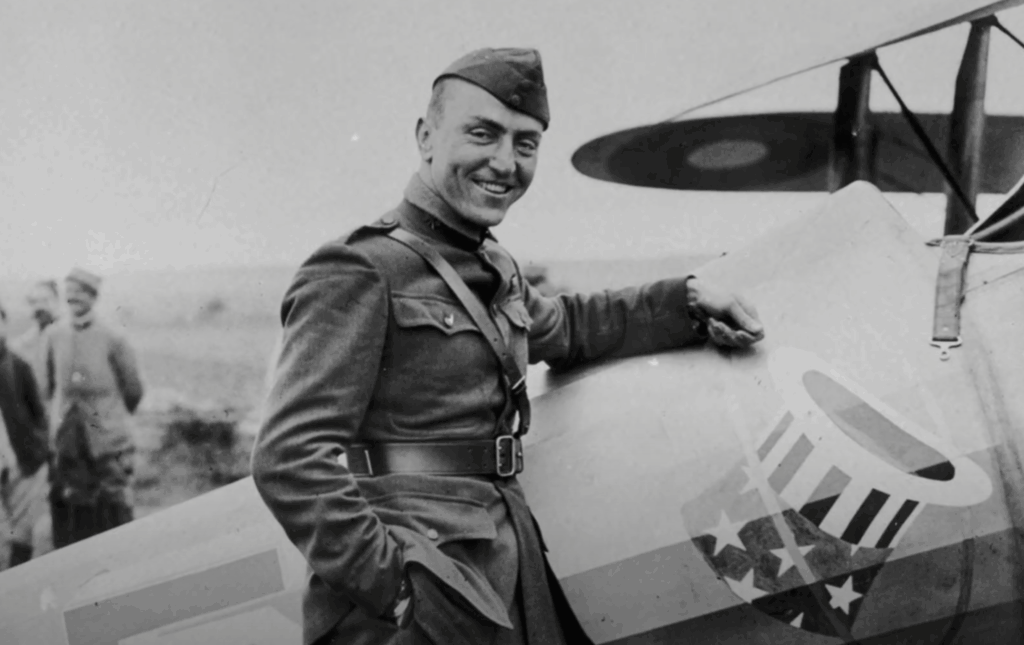
From Rejection to the Cockpit
Using his racing fame, Rickenbacker secured a position as General Pershing’s driver. Once inside the military structure, he pressed to join the air service. Initially assigned as a mechanic, he persisted until he was allowed to train in France. He passed every test and became a first lieutenant, serving under Carl Spatz, a future World War II commander. Though Spatz tried to keep him grounded as an engineer, Rickenbacker eventually joined the 94th Aero Squadron in March 1918.
His combat debut came in April over France. On April 29, he achieved his first kill, downing a German Albatros. A month later, after his fifth confirmed victory, he became the first American-trained pilot to earn the title of “ace.” Soon after, a severe ear infection grounded him for nearly two months. Determined to make up for lost time, he returned to combat with a calculated and relentless style.
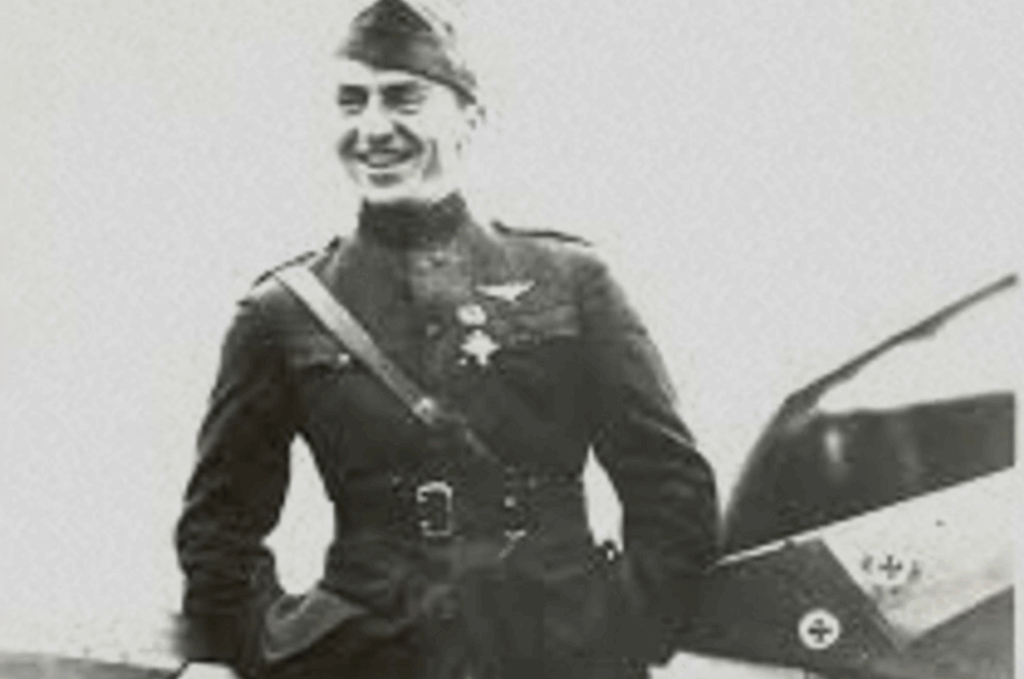
Ace of Aces
In September 1918, he scored six aircraft kills and destroyed an observation balloon. The following month, he claimed 14 more victories. His most celebrated action took place on September 25, when he attacked a formation of seven enemy aircraft alone, downing two in a single pass. This earned him the Medal of Honor. Between April and October 1918, he also received eight Distinguished Service Crosses.
By war’s end, Rickenbacker had flown over 300 combat hours—more than any other U.S. pilot—and every man under his command survived. He declined promotions, insisting he remain “Captain Eddie,” the same rank he held while leading men in combat.
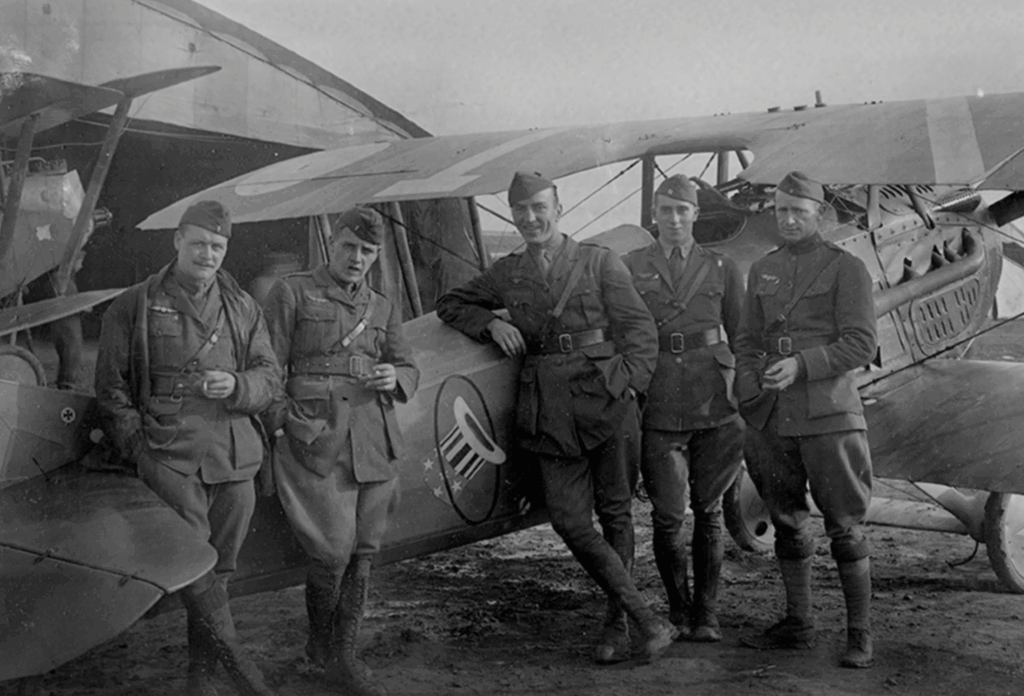
Postwar Leadership and the 21-Day Ordeal
After the war, Rickenbacker pursued aviation and business. He founded the Rickenbacker Motor Company and later became president of Eastern Airlines, transforming it into one of America’s most successful carriers.
In 1942, during World War II, he volunteered for a mission to visit U.S. troops in the Pacific. His aircraft suffered mechanical failure and ditched at sea. For 21 days, he and six others drifted on life rafts, enduring scorching sun, starvation, dehydration, and hallucinations. Rickenbacker rationed food, collected rainwater with clothing, and kept morale alive. “You can’t afford to give up,” he told the men, “because someone else is counting on you to hold it together.” All survived and were rescued.
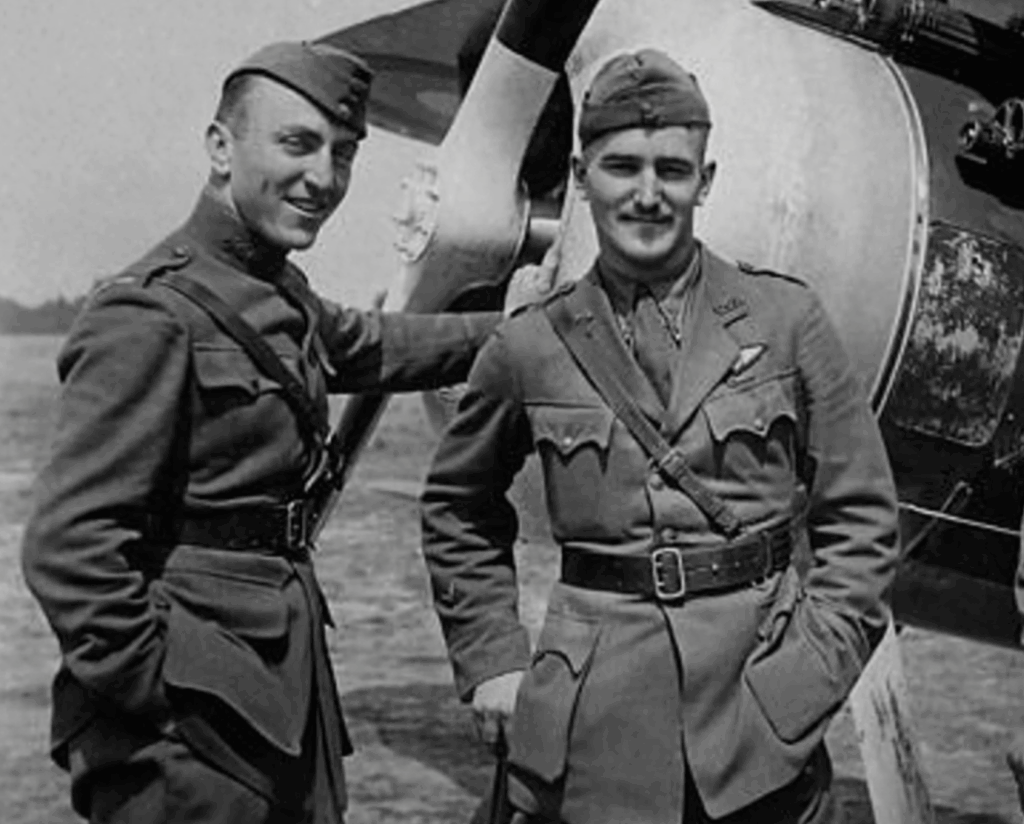
Final Years and Legacy
Rickenbacker continued advising military aviation during the war and inspected active war zones. His insights influenced both tactical and strategic developments in U.S. air power. He retired from Eastern Airlines on December 31, 1963, more than four decades after his first combat flight.
Edward Rickenbacker died on July 23, 1973, in Zurich, Switzerland, at age 82. His life—from fixing cars in Ohio to downing 26 enemy planes and surviving nearly three weeks at sea—remained a testament to endurance, skill, and the refusal to accept defeat.














